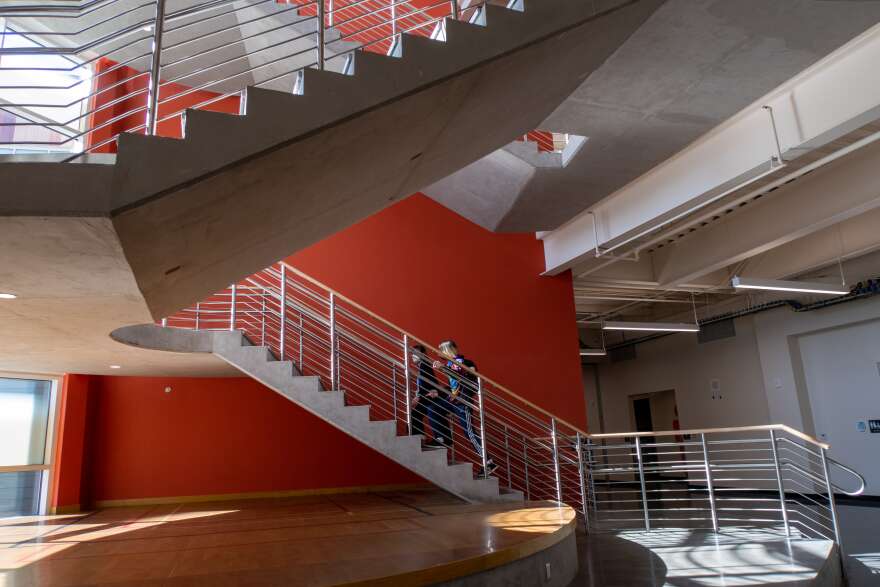After months of steady job gains and a falling unemployment rate, the state hit a hiring setback last month.
Oregon’s unemployment rate still fell — to 4.7% in September from a revised 5% in August. But the state also lost jobs for the first time since Dec. 2020.
Nonfarm payroll employment in the state dropped by 200 jobs last month, the Oregon Employment Department reported. That’s after adding an average of 10,200 jobs per month since January.
“We definitely saw a slowdown,” said agency economist Gail Krumenauer. “It really shows in September how differently different sectors of Oregon’s economy are faring.”
In early September, Oregon’s hospitals were at a breaking point — overwhelmed with an influx of unvaccinated patients suffering from COVID-19.
But even during the delta surge, several sectors added more than 1,000 jobs each: transportation, warehousing, and utilities; professional and business services; and leisure and hospitality, which gained 2,200 jobs.
Job losses in public education were the big setback.
Oregon lost 3,800 government jobs last month — almost entirely in local government. Public education is a big piece of that.
Krumenauer said school districts and public colleges usually ramp up hiring as fall gets underway.
“They’re adding bus drivers. They’re adding people who are doing building cleaning services. And people who are working in the cafeteria. And teachers,” she said.
That hiring happened this year, but not as much as usual. Districts across the region are battling staffing shortages and struggling to hire everyone from drivers to substitute teachers. Falling short of seasonal staffing levels translates into job losses in employment statistics.
“Since they didn’t get up to that typical level of hiring, it’s considered a loss for the month,” Krumenauer said.
Several factors, some of them technical, could help account for why the state’s unemployment rate improved when the number of jobs did not. The household survey, which is used to calculate the monthly unemployment rate, captures different information than the payroll figures reported by employers in Oregon that are used to tally job gains and losses.
Copyright 2021 Oregon Public Broadcasting. To see more, visit Oregon Public Broadcasting.



